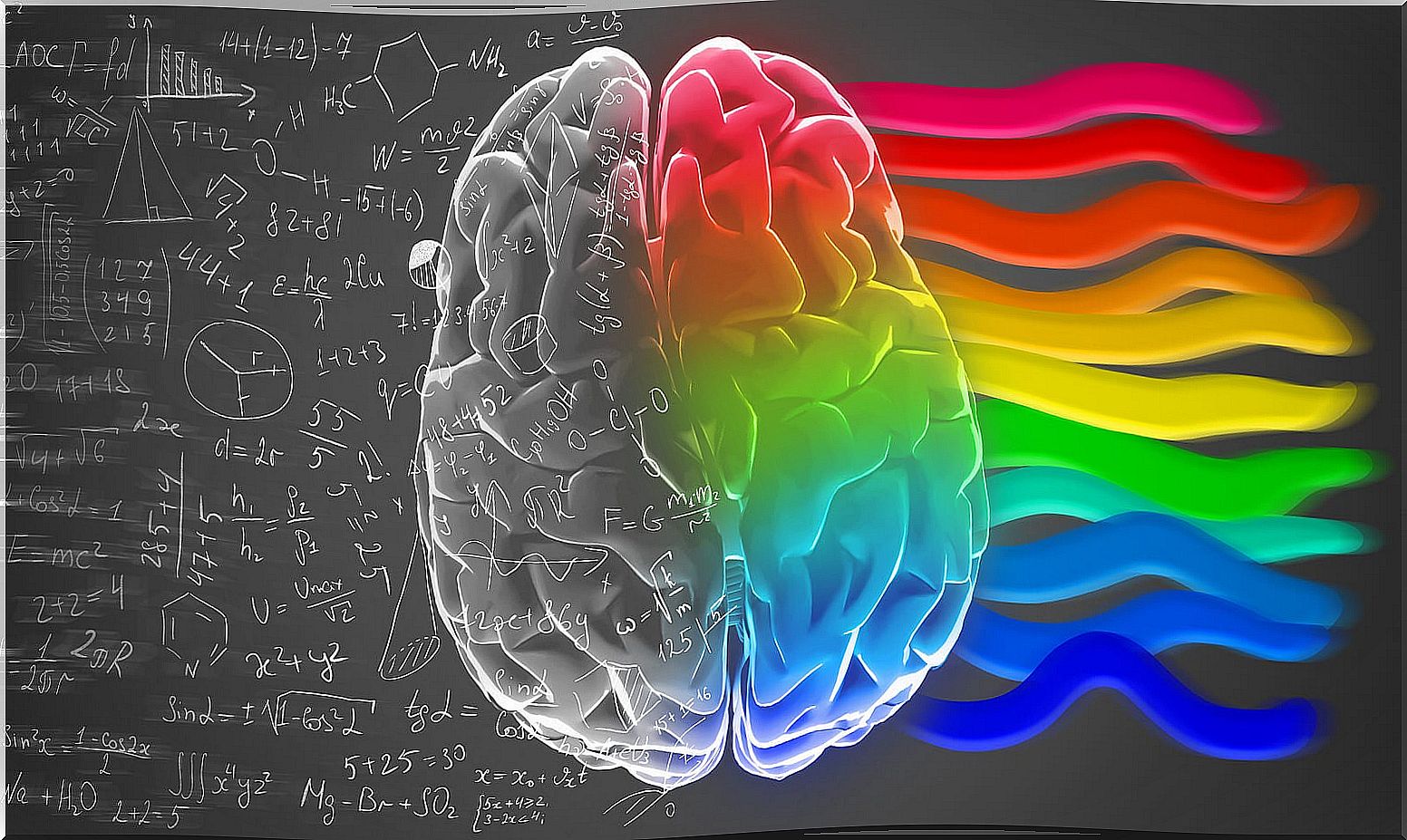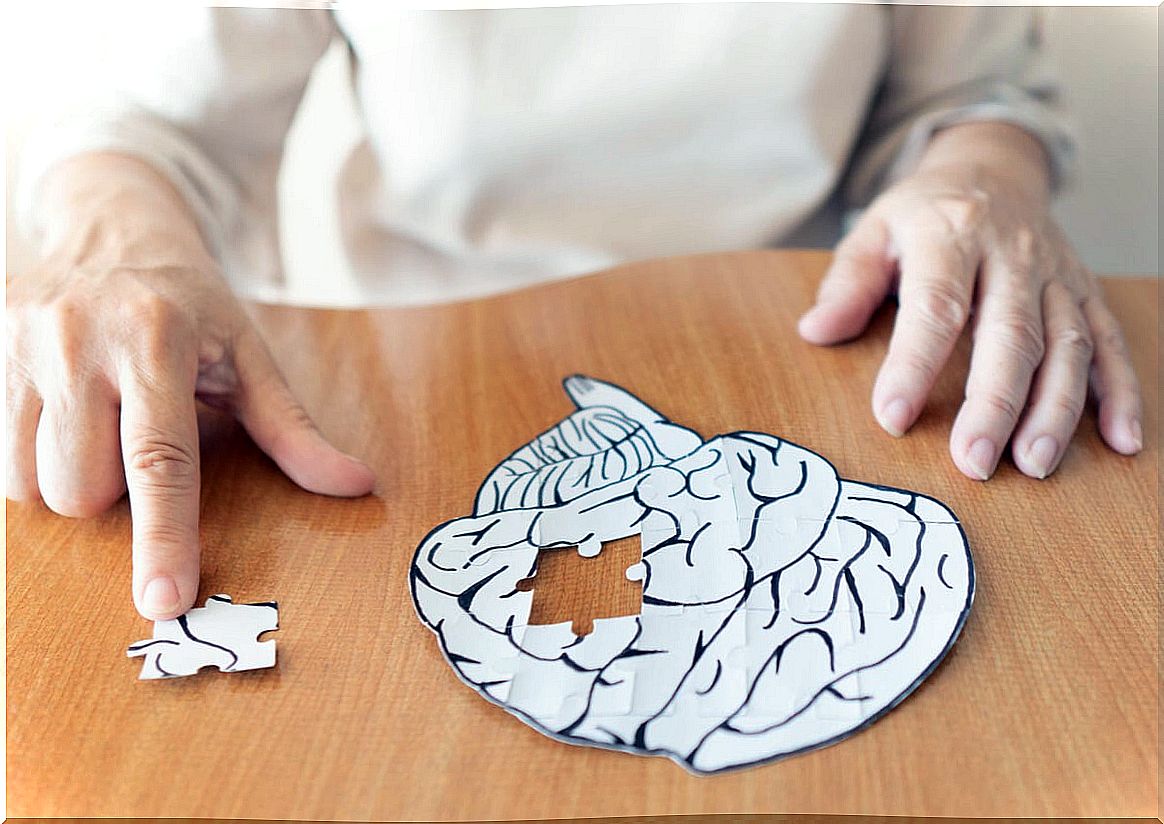Lucid Dreams: What Are They And How Can We Experience Them?
Ever wish you could control the content of your dreams? At some point, while you were dreaming, did you realize that you were asleep and that nothing that happened was real? The above situations are typical of lucid dreams, a rare but fascinating phenomenon.
As implausible as dreams may be, we live them with the full feeling that they are real. On the contrary, in lucid dreams the person is fully aware that he is dreaming. It is estimated that more than half the population has had a lucid dream at some time in their life, but few experience it more frequently.
How do dreams come about?
When we sleep we go through different phases that we can group into two major stages: non-REM sleep and REM sleep. In the first one, the body and mind begin to relax, heart rate, respiration and brain activity decrease.
On the contrary, during REM sleep the brain is active and functions similar to that of the waking state. In addition, the characteristic rapid eye movements are experienced.
It is during the REM phase that daydreams occur, as the muscles are paralyzed, but brain activity is high. Thus, dreams arise as a compilation of the content of the unconscious, of memory and of lived experiences.

How does a lucid dream happen?
Lucid dreaming, like the rest, takes place during the REM phase. The difference is that the person is aware of dreaming.
This level of consciousness can vary significantly. For example, some wake up as soon as they discover that they are dreaming and, on the other hand, others are able to remain and influence the scenarios and the development of the same.
For some people this occurs naturally, but others need training to do so. In any case, reaching a good level of mastery with which to be able to control the contents of the dream requires practice and perseverance.
Tips for experiencing lucid dreams
There are a few ways to stimulate the presence of lucid dreams. They are not effective in their entirety nor are they always effective for everyone, but here we share several tips that you can apply.
1. Dream Diary
The dream diary consists of keeping a notebook and a pen next to the bed and writing down everything that is remembered about the dreams, just when you wake up. Those who are more likely to experience lucid dreams often remember them. Thus, this diary will help you to be more in contact with your unconscious and to become familiar with its content.
2. Reality check
As vivid as a dream may be, there are certain elements in it that are different from those in real life. Thus, the reality test consists of selecting one of them and checking their presence in the waking state.
For example, get in the habit of looking in the mirror or looking at your hands frequently while you’re awake. When this becomes a habit, you will be able to perform this test within your reverie and, by checking that it looks different, you will detect that you are asleep.
3. Intent
To have a lucid dream, it is important to set intention. Thus, try to fall asleep keeping in mind the idea that that night you will wake up in the dream.
Meditation can also help you achieve lucid dreaming. You can even wake up on purpose about five hours after lying down and go back to sleep. With this you will increase the probability of it happening.
Lucid dreaming benefits
Are lucid dreams beneficial? Is it good to stimulate its appearance? Although they may seem irrelevant, certain situations could improve through experimentation.
1. Address nightmares
One of the main applications of lucid dreaming is the approach to nightmares. When these appear sporadically they are not of great importance, however, recurrent ones can generate high levels of anxiety and affect rest.
2. Improve skills
Imagining or visualizing a scene is similar to living it at the brain level. The brain regions that are activated are the same in both cases, so improvements in skills can be obtained by practicing them only in imagination. The same happens if these are carried out within the lucid dream.
This allows people with physical disabilities to rehearse and improve their abilities while they sleep. But also that musicians, athletes and other professionals enhance their performance when practicing during sleep.
3. Creativity and fun
In addition to this, lucid dreams enhance creativity. And, above all, they are fun, since they allow us to experience experiences that we do not have access to during wakefulness, such as flying.

Possible risks
Lucid dreaming also carries some risks, especially for people with mental disorders. In them, fiction and reality overlap, which can generate more confusion and difficulties among those who suffer from some type of psychosis or dissociative disorders.
In addition, interrupting your rest in the middle of the night to achieve a lucid dream can lead to drowsiness, irritability and other problems during the day.
Lucid dreams are neither magic nor esotericism
Lucid dreaming is a fascinating phenomenon that can bring us benefits. It is not something magical or esoteric, but a skill of the mind that we do not yet know or master in depth.
Therefore, it is legitimate that you want to practice them in order to experience them. But before you do, be aware of the potential dangers and make sure you have the right conditions.









